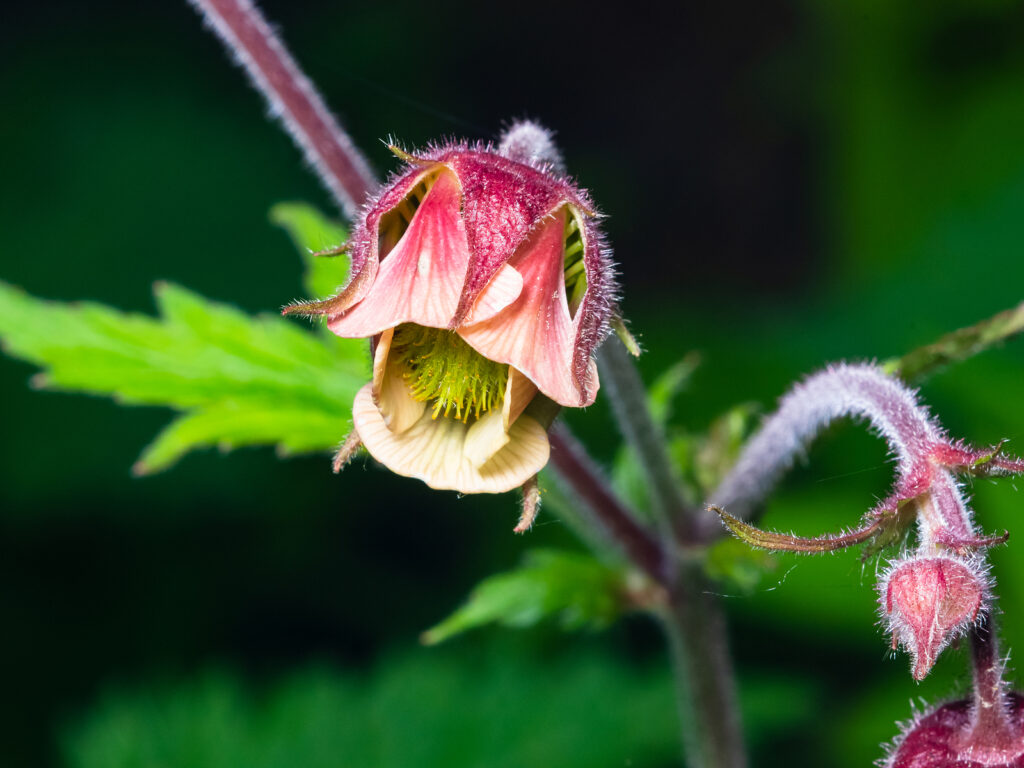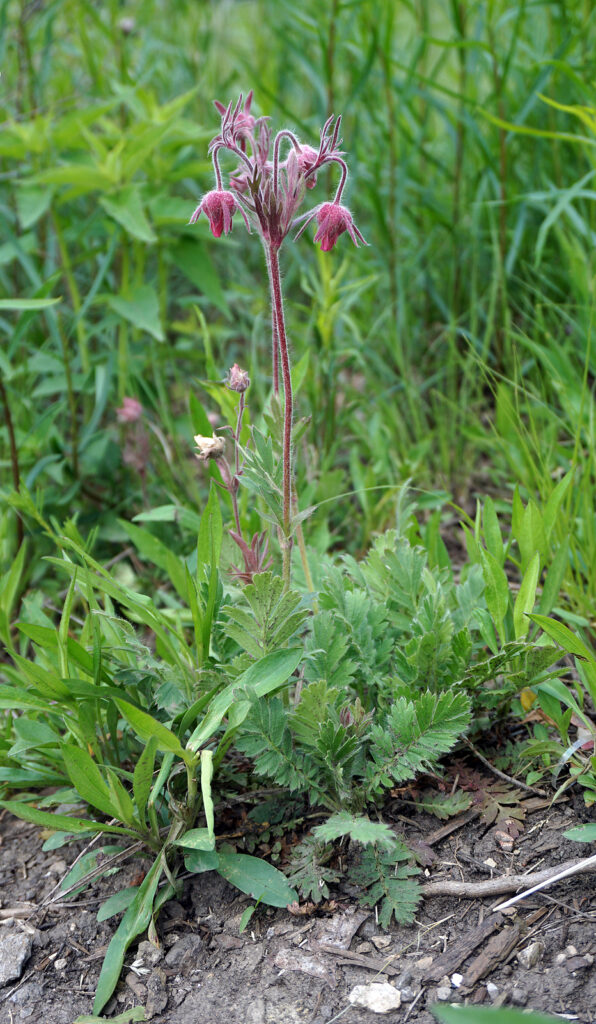Geum is a perennial grown for its brightly colored globular or cup-shaped flowers in shades of white, yellow, red, and orange. They are a vibrant addition to the front of an herbaceous border or large rock garden.
Geum blooms throughout the summer. Flowers can be single, semi-double, or double. Blooms appear above handsome foliage, leaves divided into many leaflets.
Geum is evergreen except in the coldest winters. Geums are sometimes called avens. Geum is a member of the rose family.

Get to know Geum
- Plant type: Perennial
- Growing zones and range: Zones 4 to 8
- Hardiness: Hardy except in the coldest winters
- Height and width: 6 to 24 inches (15-61cm) tall and wide depending on the variety
- Foliage: Informal rosettes of softly hairy, strap-shaped leaves that are divided to their midribs
- Flowers: Small saucer- to bowl-shaped flowers commonly with five petals; flowers are carried singly or in small clusters.
- Flower colors: Shades of orange, red, yellow, cream, and pink
- Bloom time: Late spring to early summer
- Uses: Borders, cut flowers
- Common name: Geum, avens
- Botanical name: Geum
- Family name: Rosaceae
- Origin: Temperare regions of Europe, Asia, New Zealand, North and South America
Where to plant Geum
- Plant Geum in full sun or part shade; afternoon shade is best where summers are hot.
- Grow Geum in average to rich, evenly moist, well-drained soil.
- Geum rivale prefers moist or even boggy soil.
- Geum prefers a soil pH of 5.5 to 7.0.
When to plant Geum
- Sow seed indoors or in a cold frame in late winter or early spring for transplanting into the garden in mid to late spring.
- Sow seed outdoors in evenly prepared soil after the last frost in spring.
- Set container-grown plants in the garden after the last frost in spring.
Geum uses and companions
- Grow smaller Geums in a rock garden; grow larger varieties at the front of borders.
- Geum has an airy, see-through nature; they can be planted at the front of borders.
- Geum combines well with blue and purple flowers.
- Good garden companions for Geum include Alchemilla, Campanula, Hemerocallis, Hosta, Iris.

Planting and spacing Geum
- Sow seed 1/8 to ¼ inch deep. Indoors sow seeds in six-pack or flats filled with sterile seed-starting mix or potting soil.
- Space plants in the garden 6 to 24 inches (15-61cm) tall and wide depending on the variety.
How to water and feed Geum
- Keep the soil evenly moist; water Geum in dry weather.
- Lightly fertilize Geum in spring with an all-purpose fertilizer.
Geum care
- Deadhead spent blossoms to extend the bloom season.
Geum pests and diseases
- Geum is usually trouble free.
Geum propagation
- Propagate by division in spring or fall. Divide plants every 2 to 3 years to keep them vigorous.
- Sow seed in a cold frame in winter; transplant out in mid to late spring.
- Geum seeds will germinate in 21 to 30 days at 68°F (20°C).
- Seed-grown plants are not identical to asexually propagated ones.

Geum varieties to grow
- Geum chiloense, geum, avens: Bright, single scarlet flowers up to 2 inches (5cm) across; clump-forming plant to 24 to 30 inches tall. There are several cultivars with yellow or orange flowers.
- G. coccineum, geum, avens: Bright red, saucer-shaped, single flowers; the clump-forming plant grows to 24 inches (61cm) tall.
- G. montanum: Grows 4 to 8 inches (10-20cm) tall with one to three bright yellow flowers.
- G. rivale: water avens, Indian chocolate: Bears pendent, bell-shaped purple-pink and red-brown flowers; the plant grows 12 to 24 inches (30-61cm) tall.
- G. triflorum: prairie smoke, purple avens: Creeping plant grows to 18 inches (45cm) tall with ferny gray-green leaves; bears flowers with creamy petals and long purple bracts followed by plumy silver seedpods.















